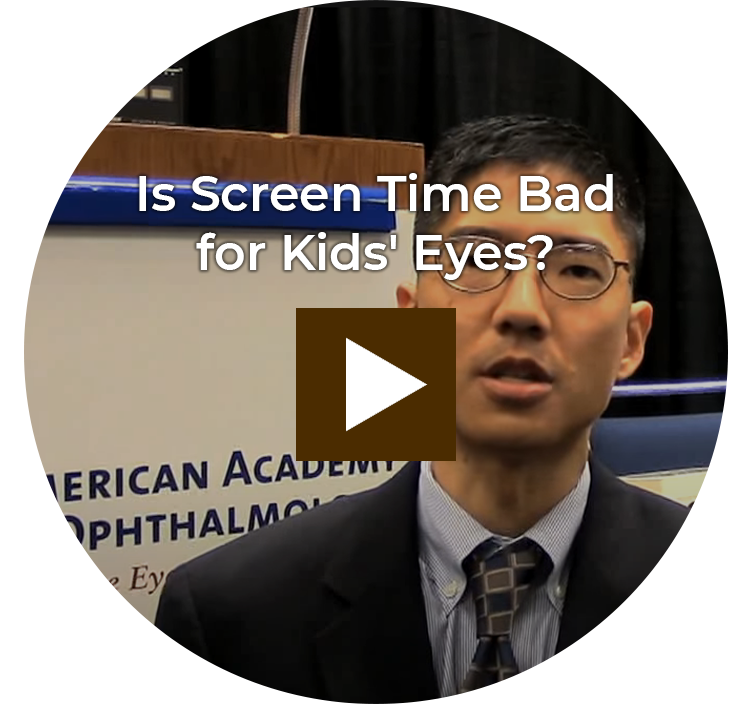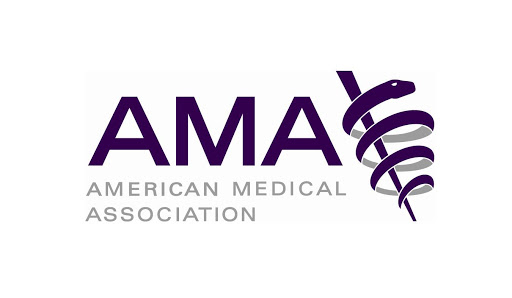What is Blepharitis?
Blepharitis is a common eye condition that makes your eyelids red, swollen, irritated, and itchy. It can cause crusty dandruff-like flakes on your eyelashes.
Blepharitis can be uncomfortable. But it isn’t contagious, and it usually doesn’t cause any lasting damage to your eyes.
The main treatment for Blepharitis is regularly cleaning your eyelids and keeping them free of crusts. Blepharitis usually doesn’t go away completely, but you can take steps to manage your symptoms. Talk to your eye doctor about what’s causing your Blepharitis and the best ways to manage it.
What are the symptoms of Blepharitis?
Common symptoms of Blepharitis are:
- Feeling like there’s something in your eye
- Burning or stinging eyes
- Watery eyes
- Itchy eyes
- Sensitivity to light
- Red and swollen eyes or eyelids
- Tears that are foamy or have small bubbles in them
- Dry eyes
- Crusty eyelids or eyelashes when you wake up
Blepharitis can also cause more serious problems like:
- Blurry vision
- Eyelashes that fall out
- Eyelashes that grow in the wrong direction
- Swelling of other parts of the eye, like the cornea
Am I at risk for blepharitis?
You’re at higher risk for blepharitis if you have:
- Dandruff — flaky patches of skin on your scalp or face
- Rosacea — a skin condition that causes redness and bumps, usually on your face Oily skin
- Allergies that affect your eyelashes
What causes Blepharitis?
Most of the time, Blepharitis happens because you have too much bacteria on your eyelids at the base of your eyelashes. Having bacteria on your skin is normal, but too much bacteria can cause problems. You can also get Blepharitis if the oil glands in your eyelids get clogged or irritated.
How will my eye doctor check for blepharitis?
Your Kumar Eye Specialist will check for Blepharitis by doing a physical eye exam. During the exam, your doctor will take a close look at your eyes, eyelids, and eyelashes. They may use a bright light or a special magnifying tool.
What other health problems can Blepharitis cause?
Blepharitis can lead to other eye problems, including:
- Stye. A stye is a red, painful bump on the eyelid caused by a blocked oil gland.
- Chalazion. A chalazion is a hard, painless lump on the eyelid caused by a blocked oil gland. Often, this happens when you have a stye that doesn’t go away. It can make your eyelid swell and turn red. A chalazion will often go away on its own.
- Dry eye. Oil and flakes can build up in your tear film (a thin layer of tears across the surface of your eye). This can make your eyes feel dry. Or your eyes may feel watery or teary because your tears aren’t working correctly. .
- Damage to the cornea. In severe cases, blepharitis can hurt your cornea (the clear outer layer at the front of your eye). This can happen because of swelling or irritation in your eyelids or eye lashes that grow in the wrong direction.
- Chronic (long-term) red eye. Blepharitis can make the white part of your eye look red all the time.
What’s the treatment for Blepharitis?
The best way to treat Blepharitis is to keep your eyelids clean and free of crusts. Use water and a gentle cleanser (like baby shampoo) to clean your eyelids and remove crusts every day.
There are other treatment options that may help you manage blepharitis. Ask your eye doctor if any of these options are right for you:
- Eye drops. Your doctor may prescribe steroid eye drops to control redness, swelling, and irritation. Your doctor may also recommend a type of eye drops called artificial tears. You can get these eye drops without a prescription.
- Medicines that fight infection. If your Blepharitis is caused by bacteria, your doctor may prescribe antibiotic eye drops, ointments, or pills.
- Treating other health problems. If another health problem like Rosacea or dandruff is causing your Nlepharitis, treating that condition will help.
Blepharitis usually doesn’t go away completely. You’ll need to follow a routine for cleaning your eyelids for the rest of your life to keep it under control.
Call Today for an Appointment
502-368-3937








